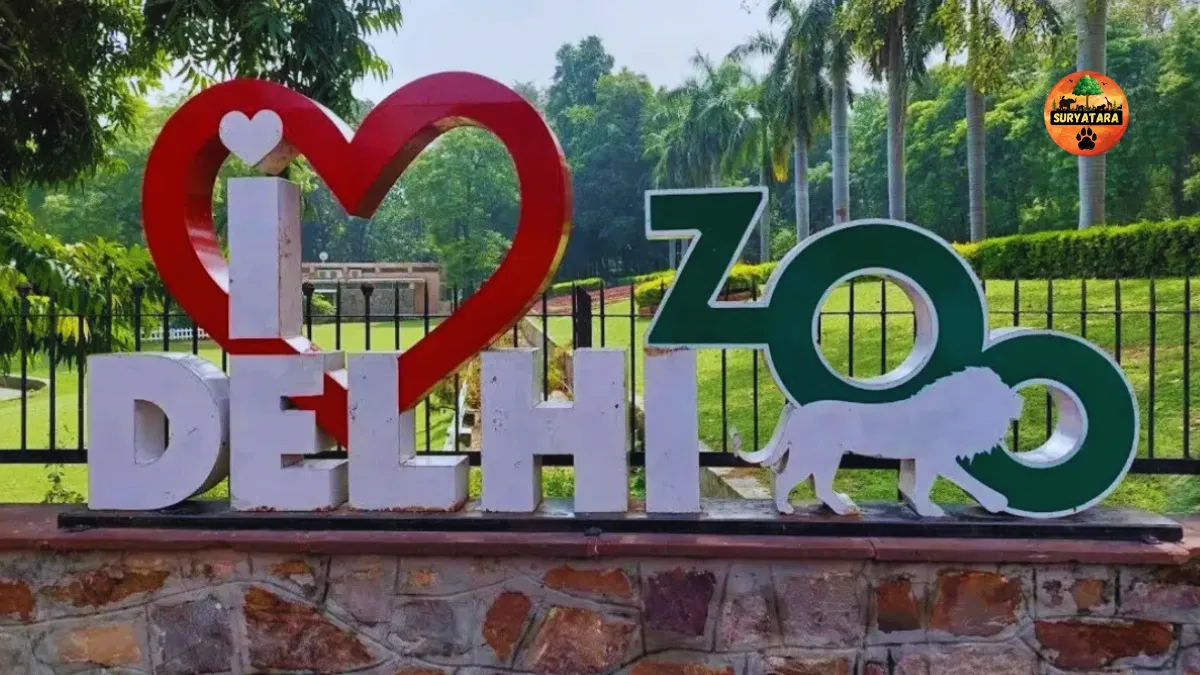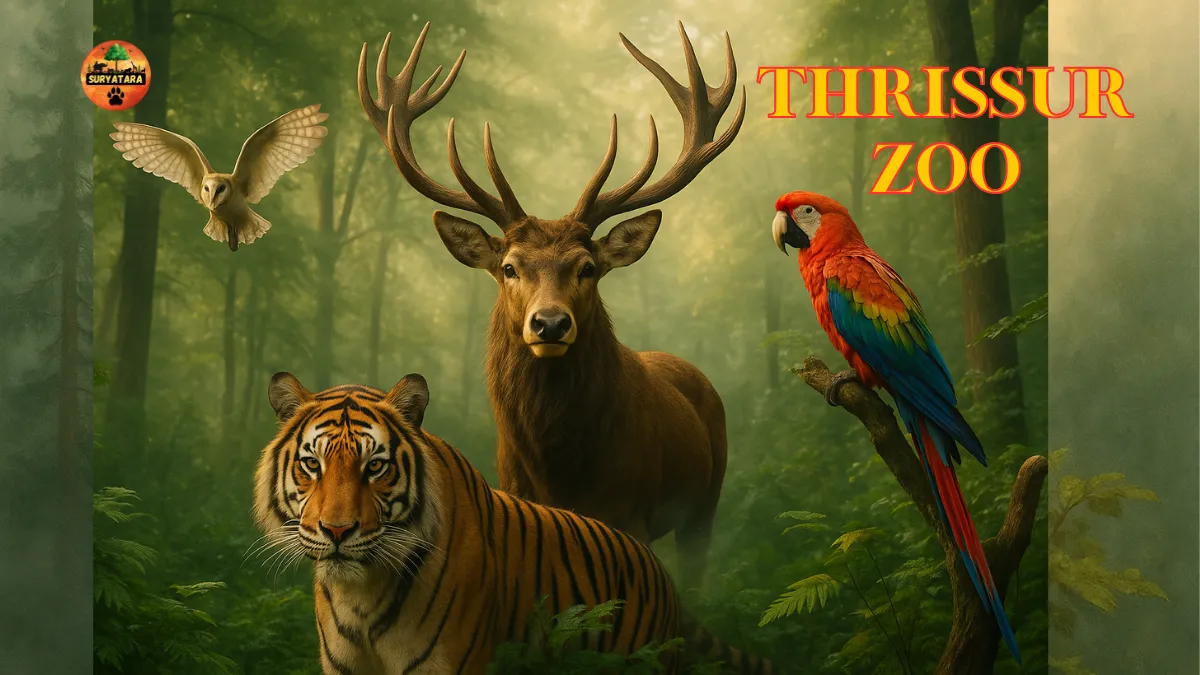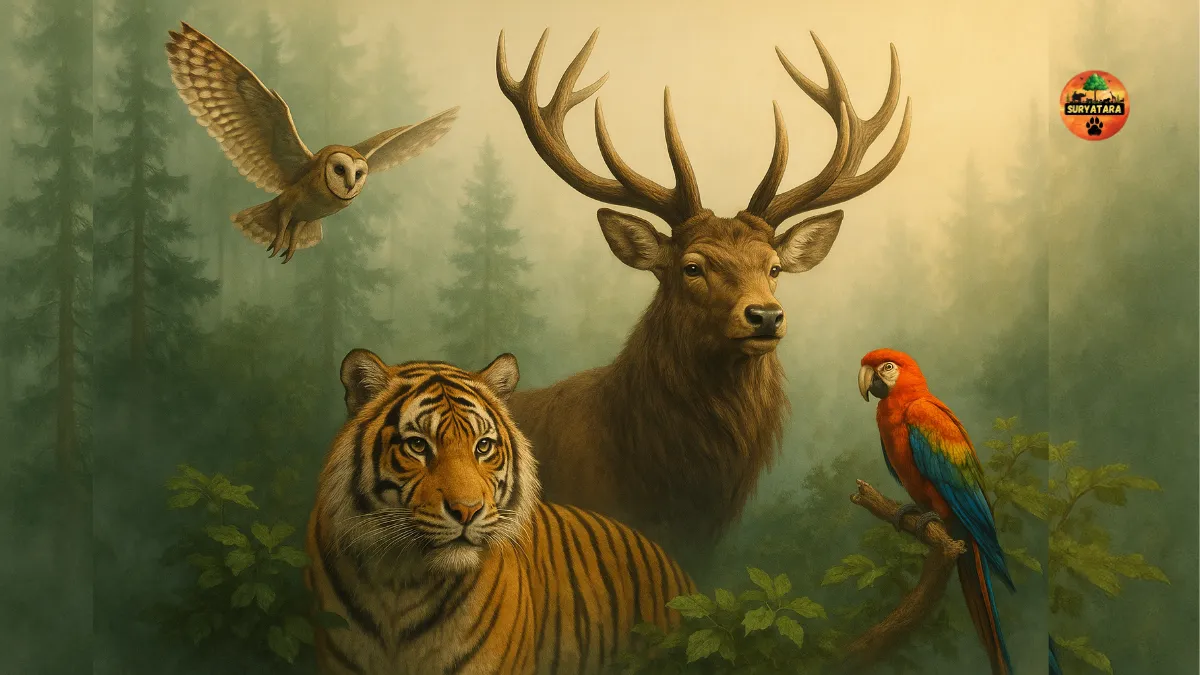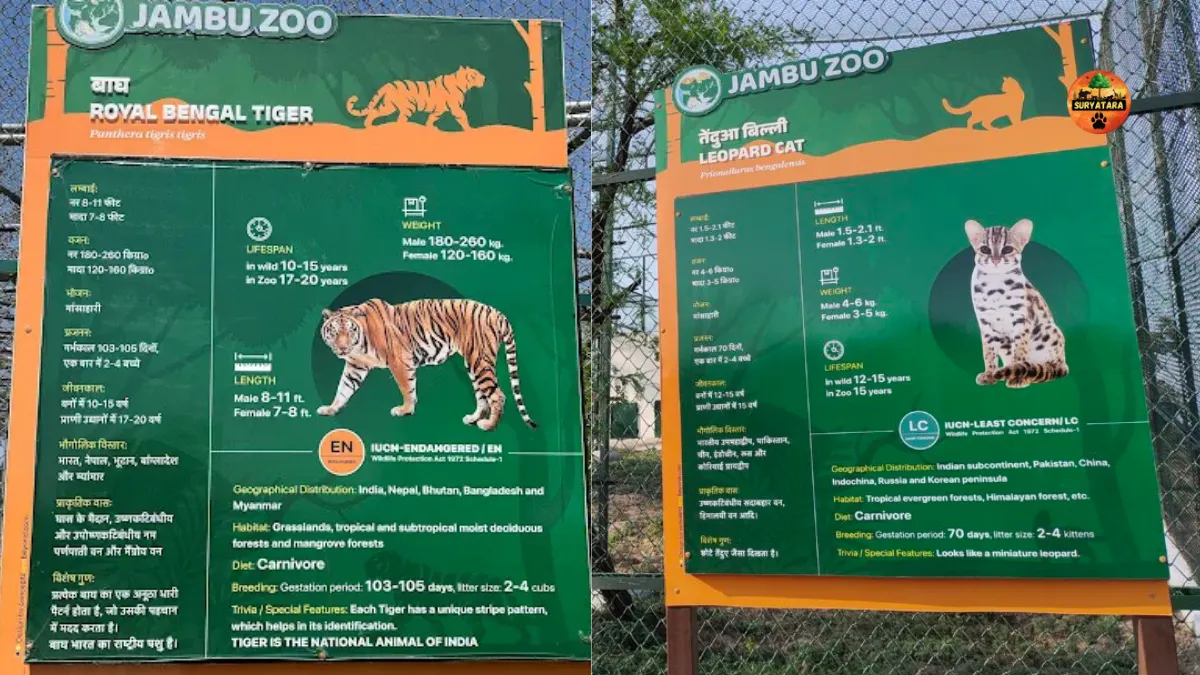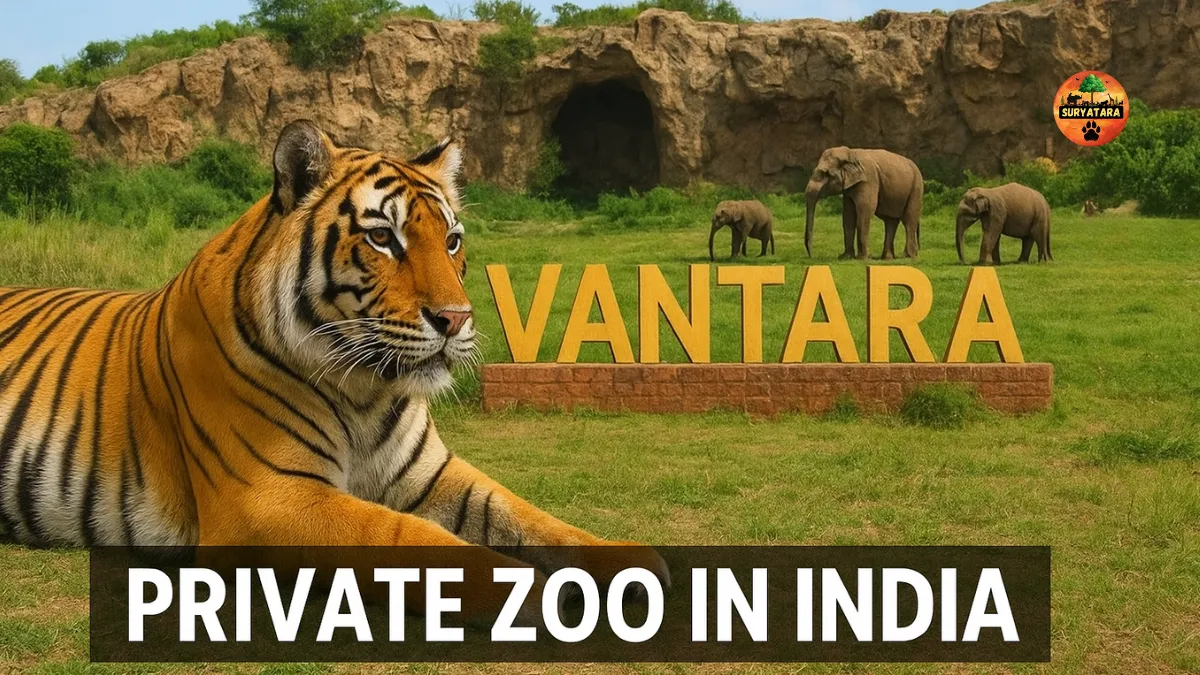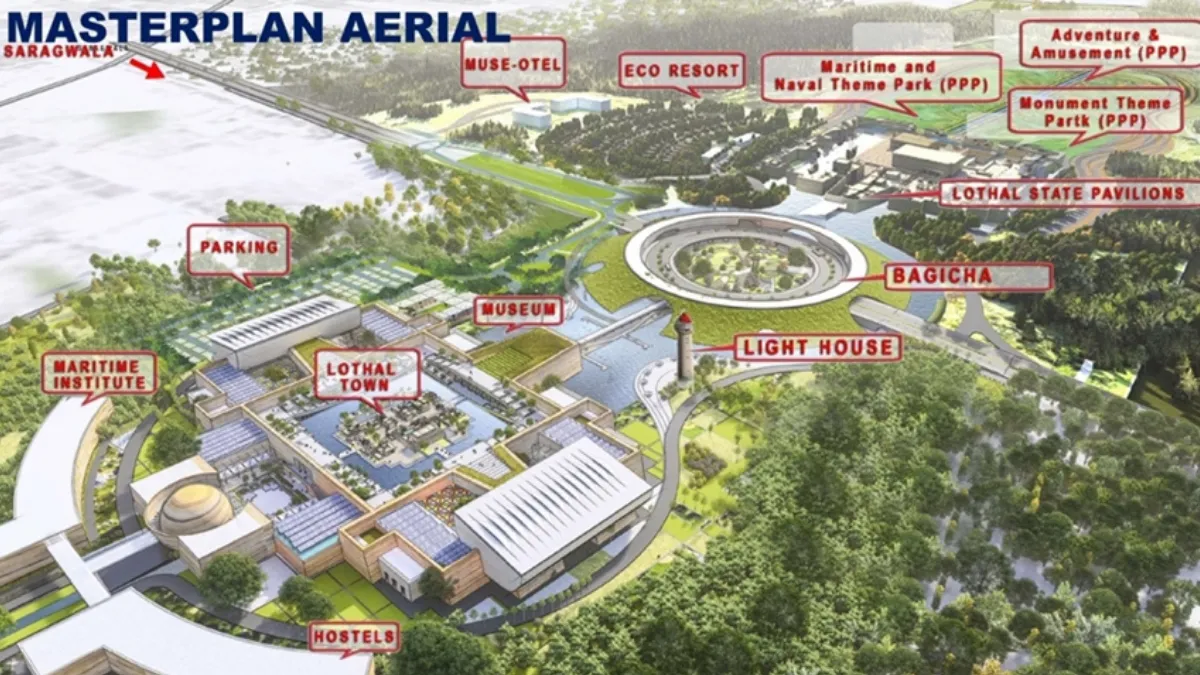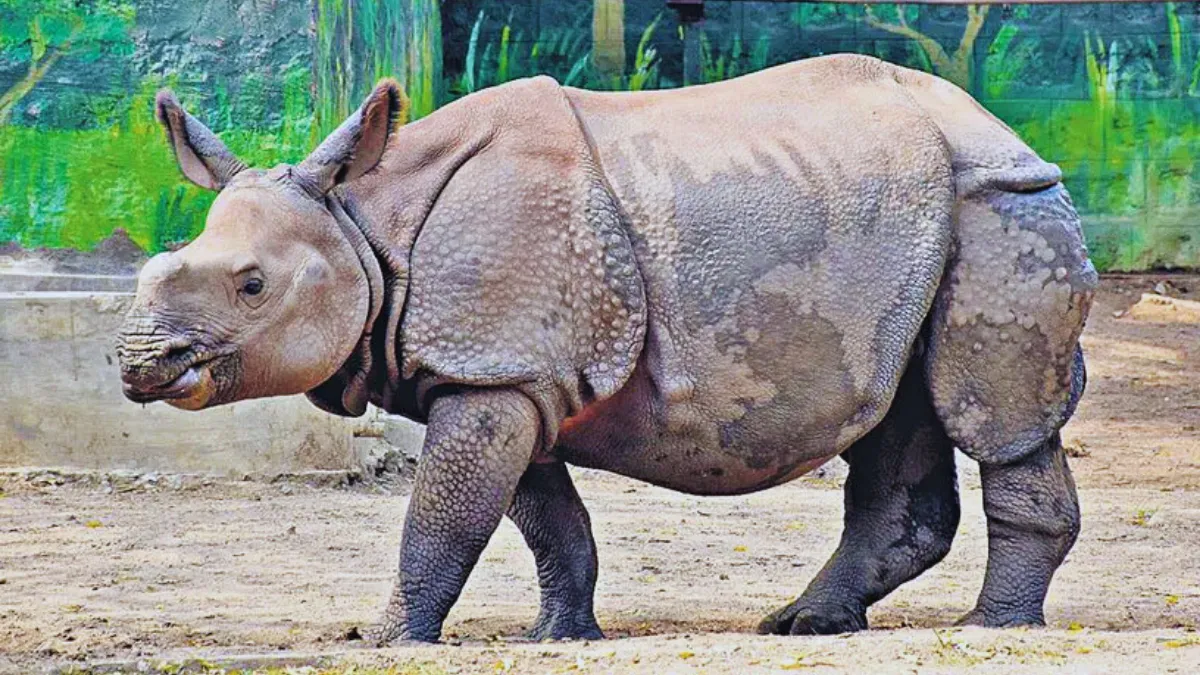The National Zoological Park (Delhi Zoo) is all set to undergo a major transformation, taking inspiration from Gujarat’s successful Vantara model. This initiative aims to modernize animal care, enhance management systems, and bring scientific practices to the forefront of zoo operations.
To kickstart the process, a six-member expert team from Vantara, Gujarat, has arrived in Delhi. They will train zookeepers and staff in various aspects of modern animal care and management. The seven-day training session focuses on capacity building, scientific management, animal breeding techniques, and welfare practices.
According to zoo officials, this initiative marks the beginning of Delhi Zoo’s journey toward becoming a world-class wildlife facility—a place where education, conservation, and animal welfare come together.
What Is the Vantara Model?
The Vantara (Greens Zoological Rescue and Rehabilitation Centre) model, developed in Gujarat, is known for its innovative and scientific approach to wildlife management. Located in Jamnagar, it focuses on animal rescue, treatment, research, and long-term conservation.
By adopting this model, Delhi Zoo aims to:
- Improve the overall health and welfare of animals.
- Introduce modern conservation and breeding techniques.
- Enhance the skills and knowledge of zoo staff through hands-on training.
- Create a more visitor-friendly and educational environment.
Officials stated that Delhi Zoo’s management will soon be handed over to a society, possibly in collaboration with a reputed private company, to ensure efficiency and better standards of operation.
Staff Training Faces Resistance
While the initiative promises a brighter future for Delhi Zoo, it has not been free from challenges. Reports suggest that some zookeepers and employees have expressed strong opposition to the training program led by the Vantara experts.
A few staff members argued that the working conditions and operational systems at Delhi Zoo differ significantly from those at Vantara, making the direct application of the model impractical.
Sources revealed that the Vantara team’s sudden arrival surprised many employees, and several chose to boycott the training sessions. Recently recruited Multi-Tasking Staff (MTS) members reportedly complained that animal handling is not part of their job description. They raised safety concerns about being asked to work with dangerous wildlife without proper preparation.
Even some senior employees opposed the new deployment plan. They believe that since the zoo’s management is likely to be handed over to a new governing society soon, the director’s pending reform file should first clarify staff roles and responsibilities before introducing such changes.
Zoo authorities, however, emphasized that the main objective of this initiative is to strengthen science-based management and enhance wildlife welfare. They assured that the safety and duties of employees would be fully considered while implementing the Vantara model.
Vision for a Modern, Tech-Driven Zoo
Once the Vantara-based reforms are in place, Delhi Zoo is expected to look completely different. The upcoming changes aim to make it:
- Cleaner and better organized, offering an improved visitor experience.
- Scientifically managed, with specialized care units for different species.
- Technologically advanced, with smart monitoring systems and digital displays.
- A center for education and awareness, not just recreation.
Officials say visitors will soon see a balance of entertainment, learning, and conservation, aligning with global zoological standards.
Delhi Zoo Reopening Date: After October 30
The zoo management has also confirmed that the Delhi Zoo will reopen for visitors after October 30. It was temporarily closed due to a suspected avian influenza (H5N1) outbreak earlier this year.
Authorities have now declared that no active bird flu virus has been detected in the latest tests. Two additional surveillance samples will be collected before the final reopening, ensuring full safety for both birds and visitors.
Recent test results from bird enclosures in Beat No. 12 and nearby ponds—where migratory birds were spotted—have shown no sign of infection. Samples sent to Bhopal laboratories were also negative, confirming that the situation is under control.
In August 2025, Delhi Zoo was forced to close after bird flu was confirmed when two painted storks died. Later, around twelve more birds, including black-headed ibises and migratory painted storks, succumbed to the infection.
Zoo authorities have urged the public to follow all safety and hygiene guidelines once the zoo reopens to prevent any future outbreaks and to ensure the safety of both animals and visitors.
Director’s Statement: Focus on Skill and Knowledge Building
Dr. Sanjit Kumar, Director of the National Zoological Park, emphasized the importance of continuous learning for staff. He stated,
“For effective wildlife management, it’s essential to keep upgrading the knowledge, skills, and attitude of our team. Regular capacity-building programs are being organized under this initiative.”
He further added that the collaboration with Gujarat’s Vantara team will not only raise the zoo’s standards but also bring Delhi Zoo closer to international conservation models.
Also read: Ujjain Zoo: A ₹300 Crore Project Awaiting Supreme Court Approval
Why the Vantara Model Matters for India’s Zoos
India’s zoos play a crucial role in wildlife education and species conservation. However, many face challenges such as limited funding, outdated management, and lack of scientific expertise.
The Vantara model stands out because it combines technology, research, and compassionate care. By adopting it, Delhi Zoo aims to set an example for other zoos across the country.
Some expected benefits include:
- Improved animal welfare and habitat conditions.
- Better veterinary care and disease monitoring.
- Enhanced visitor experience through education-focused exhibits.
- Integration of research and conservation programs.
Also read: National Zoological Park Orders Enquiry into the Sudden Demise of African Elephant Shankar
Conclusion
Delhi Zoo’s decision to implement the Vantara model marks a turning point in India’s approach to urban wildlife conservation. With expert training, modern techniques, and renewed focus on animal welfare, the zoo is preparing for a new era of responsible and science-driven management.
While challenges remain—especially regarding staff adaptation and management changes—the initiative reflects a progressive vision for India’s zoological institutions.
As Delhi Zoo prepares to reopen after October 30, visitors can look forward to a cleaner, smarter, and more compassionate space—a place where animals thrive and people learn the true value of wildlife conservation.
